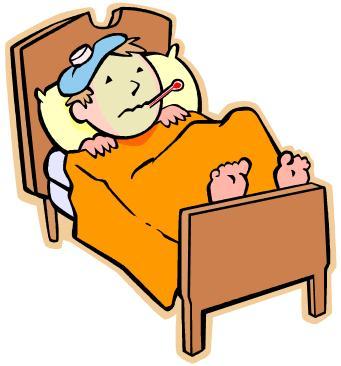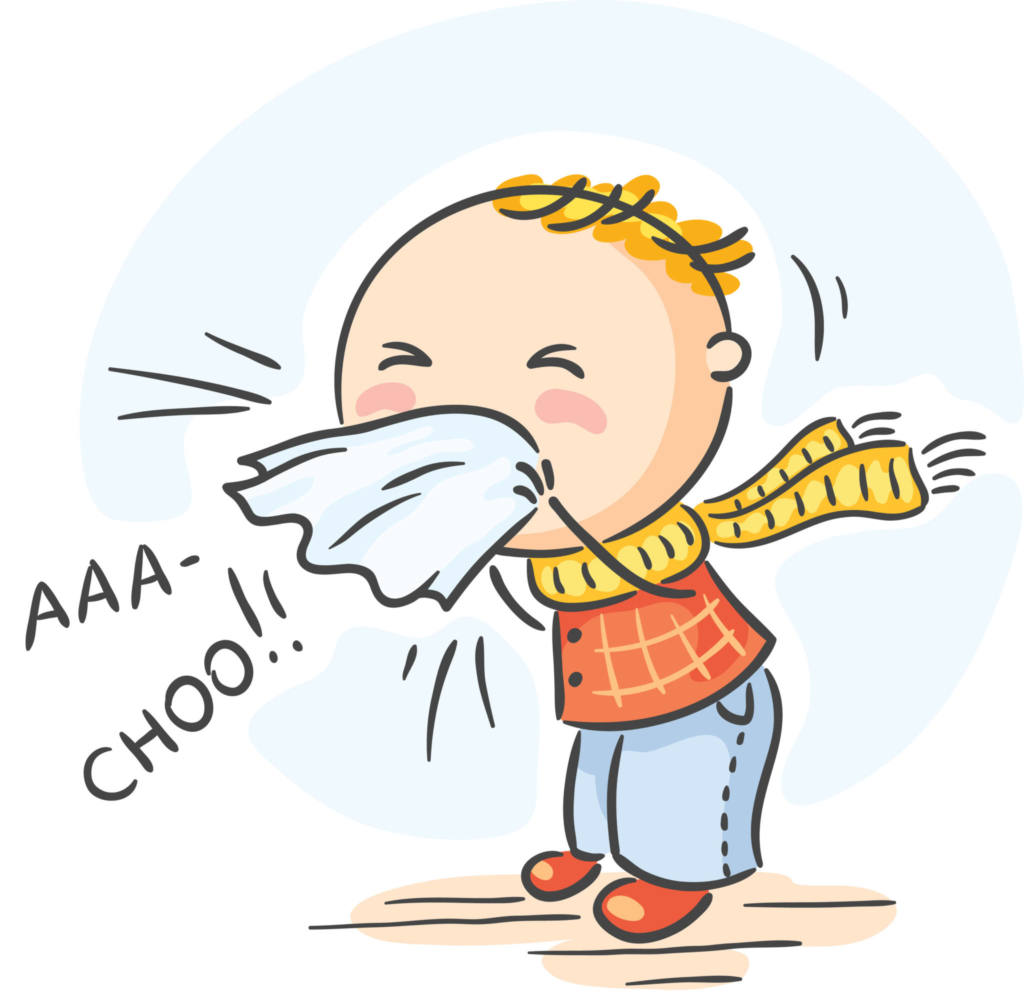Some Common Illnesses to be Vigilant About During Rainy Season
The rain comes with a lot of fun and excitement, but also with a host of infections. People should be aware of prevalent illnesses so that they can take necessary precautions. These include,
-
- Dengue
- Cold
- Flu
- Typhoid
- Cholera

Dengue fever
Dengue fever is a mosquito-borne disease that occurs in tropical and subtropical areas of the world. Mild dengue fever causes a high fever, rash, and muscle and joint pain. A severe form of dengue fever, also called dengue hemorrhagic fever, can cause severe bleeding, a sudden drop in blood pressure (shock) and can be fatal in extreme cases.
Symptoms
Dengue fever causes a high fever — 104 F degrees — and at least two of the following symptoms:
- Headache
- Muscle, bone and joint pain
- Nausea
- Vomiting
- Pain behind the eyes
- Swollen glands
- Rash
Most people recover within a week or so. In some cases, symptoms worsen and can become life-threatening. Blood vessels often become damaged and leaky. And the number of clot-forming cells (platelets) in your bloodstream drops. This can cause a severe form of dengue fever, called dengue hemorrhagic fever, severe dengue or dengue shock syndrome.
Prevention
- Stay in air-conditioned or well-screened housing.The mosquitoes that carry the dengue viruses are most active from dawn to dusk, but they can also bite at night.
- Wear protective clothing.When you go into mosquito-infested areas, wear a long-sleeved shirt, long pants, socks and shoes.
- Use mosquito repellent.
- Reduce mosquito habitat.The mosquitoes that carry the dengue virus typically live in and around houses, breeding in standing water that can collect in such things as used automobile tires. You can help lower mosquito populations by eliminating habitats where they lay their eggs. At least once a week, empty and clean containers that hold standing water, such as planting containers, animal dishes and flower vases. Keep standing water containers covered between cleanings.
 Cold and Flu
Cold and Flu
Cold and Flu is an infection which can be caused by a virus. Strangely it has nothing to do with cold climates! It comes from other people’s germs. It’s just when it’s cold, people tend to be closer together, and more likely to share germs.
Cold and Flu is highly contagious. When an infected person coughs, sneezing or speaks, the virus will travel on droplets through the air where it can be easily picked up by the next person.
What are the symptoms of cold and flu?
The symptoms of cold and flu vary from person to person. They can include:
- A blocked or runny nose
- A sore throat
- Sneezing
- Coughing
- Watery eyes
- A headache
- More mucus than normal
More hard hitting symptoms can include:
- A cough. Dry and tickly or chesty and full of mucus.
- A blocked nose. This may be caused by the membrane lining in your nose swelling up.
- Headaches. They are usually caused by an increase in temperature, dehydration and even a blocked nose.
- A fever. Your body fights the infection and your temperature rises above 37.5ºC.
- General body aches and pains.
Can you prevent cold and Flu?
- The time when people with cold and flu are most likely to pass them on to someone else is in the first 2 to 4 days after the cold starts, especially when the person is sneezing, coughing or has a very runny nose.
- Colds are spread by little drops in the air from coughing or sneezing, or by touching the nose or mouth of someone with a cold and then touching your own nose or mouth, or after touching something the person has coughed or sneezed onto (such as a tissue).
- Since colds are everywhere it is almost impossible to stop children from getting colds, but there are some things which may help.
- Wash your own and children’s hands, especially after coughing, sneezing or blowing noses and before eating.
- Teach children to cover their nose and mouth when coughing or sneezing. They need to wash their hands straight afterwards.
- Use tissues once and then throw them in the bin, instead of using handkerchiefs.
- If anyone has a cold, they should try not to pass it on. They should stay home from childcare, school or work whenever possible.
- There are no immunizations against colds, because of all of the different viruses that cause them, and there are not likely to be immunizations in the near future.
- Eating healthy food seems to help, but even very healthy people can get colds.
- There is no proof that extra vitamin C helps prevent colds, but many people use vitamin C. It seems that it may shorten the time a cold lasts by a small amount. It does not do any harm unless you take very large doses. Talk with your doctor or pharmacist (chemist) to find out the best type of zinc preparation if you want to try this.
- Please keep your child at home if the fever is greater then 37.5 Celsius. The temperature should be normal for 24 hour before returning to school.
Typhoid
Typhoid fever is caused by a Salmonella typhi bacteria. Typhoid fever is rare in industrialized countries. However, it remains a serious health threat in the developing world, especially for children.
Typhoid fever spreads through contaminated food and water or through close contact with someone who’s infected. Signs and symptoms usually include high fever, headache, abdominal pain, and either constipation or diarrhea, Weakness and fatigue, Loss of appetite and weight loss. Most people with typhoid fever feel better within a few days of starting antibiotic treatment, although complications can be fatal.
Typhoid carriers
Even after treatment with antibiotics, a small number of people who recover from typhoid fever continue to harbor the bacteria in their intestinal tracts or gallbladders, often for years. These people, called chronic carriers, shed the bacteria in their feces and are capable of infecting others, although they no longer have signs or symptoms of the disease themselves.
Prevention
In many developing nations, public health goals that can help prevent and control typhoid fever such as safe drinking water, improved sanitation and adequate medical care may be difficult to achieve. For that reason, some experts believe that vaccinating high-risk populations is the best way to control typhoid fever.
Because the vaccine won’t provide complete protection, follow these guidelines when traveling to high-risk areas:
- Wash your hands.Frequent hand-washing in hot, soapy water is the best way to control infection. Wash before eating or preparing food and after using the toilet. Carry an alcohol-based hand sanitizer for times when water isn’t available.
- Avoid drinking untreated water.Contaminated drinking water is a particular problem in areas where typhoid fever is endemic. For that reason, drink only bottled water or canned or bottled carbonated beverages, wine and beer
- Avoid raw fruits and vegetables.Because raw produce may have been washed in unsafe water, avoid fruits and vegetables that you can’t peel, especially lettuce. To be absolutely safe, you may want to avoid raw foods entirely.
- Choose hot foods.Avoid food that’s stored or served at room temperature. Steaming hot foods are best. And although there’s no guarantee that meals served at the finest restaurants are safe, it’s best to avoid food from street vendors — it’s more likely to be contaminated.
Prevent infecting others
If you’re recovering from typhoid fever, these measures can help keep others safe:
- Take your antibiotics.Follow your doctor’s instructions for taking your antibiotics, and be sure to finish the entire prescription.
- Wash your hands often.This is the single most important thing you can do to keep from spreading the infection to others. Use hot, soapy water and scrub thoroughly for at least 30 seconds, especially before eating and after using the toilet.
- Avoid handling food.Avoid preparing food for others until your doctor says you’re no longer contagious. If you work in the food service industry or a health care facility, you won’t be allowed to return to work until tests show that you’re no longer shedding typhoid bacteria.
- Stay home until approval to return to school has been given by a doctor.
Cholera
Cholera is a serious disease that spreads during the rainy season. This disease is caused by contaminated food and water. Also poor hygienic conditions help this disease to spread. It normally spreads in places with poor sanitation facilities.
Severe diarrhea with watery stools is the most common symptom of Cholera. There could also be vomiting with immediate water loss and muscle cramps.
Prevention
- Wash hands with soap and water frequently,especially after using the toilet and before handling food. Rub soapy, wet hands together for at least 15 seconds before rinsing. If soap and water aren’t available, use an alcohol-based hand sanitizer.
- Drink only safe water,including bottled water or water you’ve boiled or disinfected yourself. Use bottled water even to brush your teeth. Hot beverages are generally safe, as are canned or bottled drinks, but wipe the outside before you open them. Avoid adding ice to your beverages unless you made it yourself using safe water.
- Eat food that’s completely cooked and hotand avoid street vendor food, if possible. If you do buy a meal from a street vendor, make sure it’s cooked in your presence and served hot.
- Avoid sushi,as well as raw or improperly cooked fish and seafood of any kind.
- Stick to fruits and vegetables that you can peel yourself,such as bananas, oranges and avocados. Stay away from salads and fruits that can’t be peeled, such as grapes and berries.
- It is always wise to get vaccinated.
- Keep the drinking water clean and boil it before using, if possible. Also maintain personal hygiene and good sanitation. In cases of Cholera, oral rehydration should be given immediately. Thought it can be treated easily, it could prove dangerous if the treatment is not given on time.
By Nurse Surya

